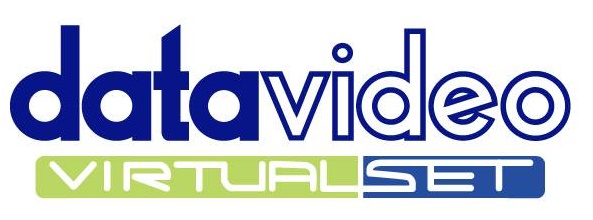
Knowing the nodes and their relationships
Blender is redesigned to enhance its 3D functionalities. The node-based design method links up objects and clearly defines their relationships.
Just like Maya Max, there are many good functions and tools arranged in a way that they can be easily understood and found by most people.
To new users, Blender has no ambiguity and allows users to create animations that can be widely accepted by the market.
In addition to clustering of functions, the node-based design flow is actually the most critical part of the design process as nodes allow us to view the node properties and their projected effects on other nodes on one screen. In this way, we will be able to view the big picture of how the animation is created and run. Just like handling different tasks in our daily life, we all need to develop big picture thinking first for deep analysis of things later on.
Material and model can be created using nodes. The advantage of the node-based design is to be able to think about how to create the desired effect by simply linking properties of the nodes. This type of method allows us to understand the causality of the links and see the effects of the messages conveyed to our audience.
https://docs.blender.org/manual/en/latest/render/shader_nodes/index.html
The link https://docs.blender.org/manual/en/latest/render/shader_nodes/index.html contains descriptions of shader nodes. There are input, output, shader, texture, color, vector, converter, group and open shading language.
It is worth noting that in Bevel Node, the statement “Cycles Only” means that the node can only be used for cycles render.
The diagram below is an I/O schematic after cycles render. The depth channel of the Render Layers node should be linked to the Value input of the Map Value or Normalize node in order to generate Black and White values which are basically the min and max values of a single channel. The values will be mapped to a level between 0 and 1 for the z buffer.
IndexOB is the object’s ID channel which changes the object color when linked to the ColorRamp node (the node with purple bar which should change color as the color setting is modified). This facilitates selection of different ID color ranges for color modification during post-editing.
Layer render passes refer to output channels after image rendering and are linked to other nodes for creating a composite image.
There are different image render engines for Layers and Passes. There are different passes which can only be shown in the orange Render Layers node after it is enabled for image rendering.
https://docs.blender.org/manual/en/latest/render/layers/index.html
The Render Layers node acts as an input to the middle nodes which are compositing nodes linked to the grey File Output node. The compositing nodes enhance image composition with filter nodes, making it easier to see the relationships of these nodes and adjust accordingly. Please note that these filters can generate the same effects as that of Photoshop.
https://docs.blender.org/manual/en/latest/compositing/types/filter/index.html
JPG and PNG files generated by File Output can be composited by specific compositing software such as Nuke, Natron (free), After Effects, and Fusion. The compositing software is also node based.
Blender has several plugins for special effects and modeling. The three nodes below are used for these plugins. Make sure that you use the correct version of Blender for these plugins. Please note that it would take some time to familiarize yourself with these nodes.
Blender geometry node https://docs.blender.org/manual/en/latest/modeling/geometry_nodes/index.html
Geometry Node Example using a UV Image
everything-nodes https://code.blender.org/2020/12/everything-nodes-and-the-scattered-stone/
Sverchok Nodes https://www.blender3darchitect.com/python-scripts-for-archviz/parametric-modeling-with-nodes-for-blender-sverchok-add-on/
Animation node https://docs.animation-nodes.com
Tutorial https://www.youtube.com/watch?v=85OR0WDFNNU
Animation node: This is extracted from an online tutorial after adding a few of custom designs.

